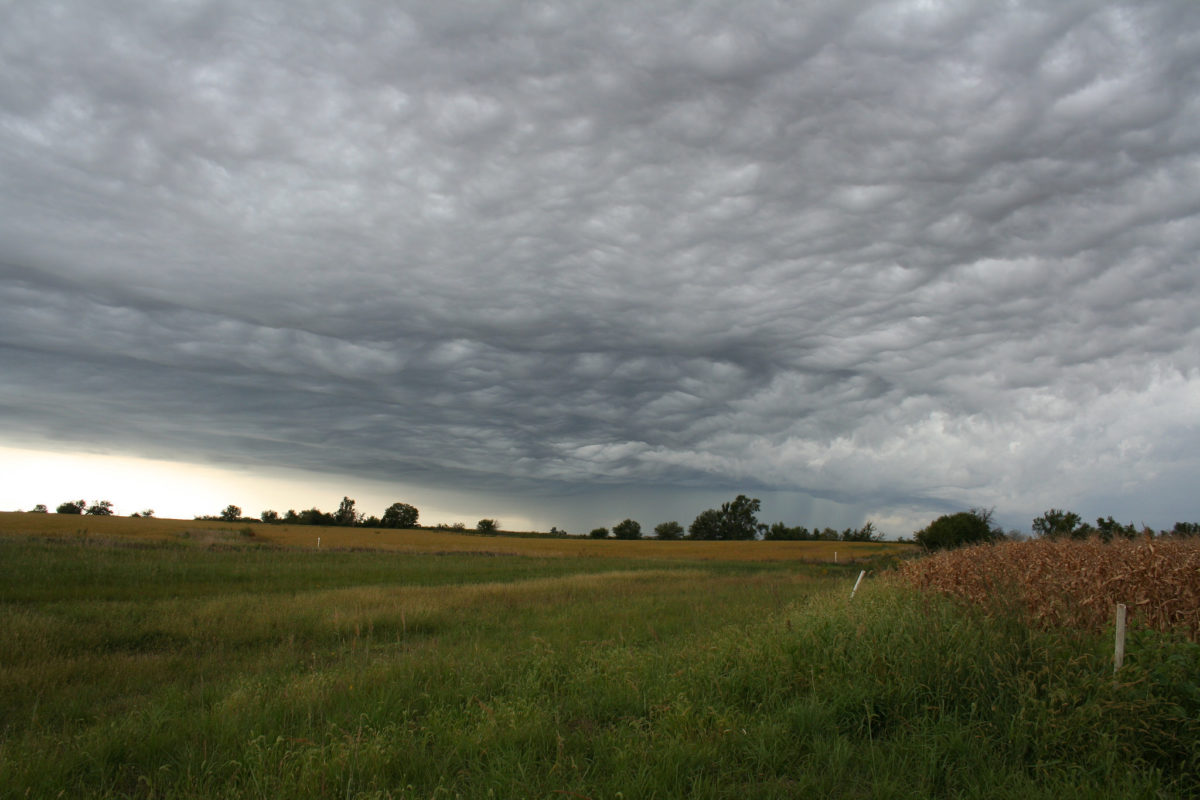Federal policies that impact private and agricultural lands are a critical part of our country’s conservation equation: More than 70 percent of America’s total land is in private hands, and more than 50 percent is in agricultural use. So it’s no surprise that private land provides much of the habitat for both resident and migratory critters.
The TRCP and our partners have long sought to better balance the needs of production agriculture and private landowners with the needs of fish, wildlife, and sportsmen. And with President Trump’s promise to focus on the needs of rural America—and with a nominee to lead the Department of Agriculture who understands the sportsman’s perspective better than most—the next four years present a major opportunity to support habitat and water conservation solutions that also sustain agriculture in these communities.
Here are some of the conservation goals at USDA that we’ll be working toward in the first half of Trump’s tenure.
More Opportunities, Fewer Funding Cuts
The next administration needs to focus on growing, not cutting, conservation funding and support for landowners who want to do right by fish, wildlife, soil health, and water quality downstream.
The last Farm Bill consolidated or eliminated nearly a dozen conservation programs and reduced conservation spending by $4 billion compared to previous versions. Every year since then, more farmers, ranchers, and foresters have been prevented from enrolling in important voluntary conservation programs due to additional repeated cuts by Congress. Even states, tribes, and local governments looking to improve waterways or habitat conditions have not received the funding or guidance promised by the Farm Bill to help carry out their projects.
We cannot weaken our nation’s investment in habitat, water quality, or water quantity by underfunding any of USDA’s conservation programs. That’s why we have formally recommended that the Trump administration reject additional cuts to USDA conservation programs and ask to increase the budget for the technical assistance landowners need to put conservation on the ground. At the same time, the administration should push for better funding for programs that support locally-led projects to protect watersheds, mitigate flood damage, and reduce erosion—which is all critical to habitats and communities downstream.
More Accountability, Less Dysfunction
Landowners looking for conservation support aren’t just stymied by lack of program funding. As well as being locked out of conservation programs due to insufficient budgets, stakeholders who do get through the door have sometimes struggled to actually access the programs, claiming slower-than-usual payment delivery or reimbursements, and cumbersome or contradictory application requirements. Meanwhile, USDA has ended up in some worrying situations, such as when the government’s watchdog agency reported that the Department, because of insufficient enforcement, may have issued payments to landowners who violated wetlands or highly erodible land compliance requirements.
These and other issues undermine incentives for voluntary conservation and the legitimacy of USDA programs in the eyes of the American taxpayer. In the first 100 days of the presidency, we’d like to see steps to improve transparency, contracting, monitoring, and enforcement of conservation programs.
Healthier, More Drought-Resilient Waterways
Ongoing droughts across the United States reveal serious threats for meeting the needs of agricultural and other water users—like urban residents, outdoor enthusiasts, and fish and wildlife. Reservoirs in the Colorado River Basin, for instance, are at historic lows; the Colorado River no longer flows to the sea, and demand for water that vastly exceeds the supply threatens many fish and wildlife species that hunters, anglers, and others value.
In its first year, President Trump’s USDA should focus on drought resiliency and support new investments in water conservation that benefit both growers and fish and wildlife. One way we can get there is by working with private-sector lenders to help finance infrastructure improvements that prepare cities and farms for the next drought, while also benefiting rivers and fish—the resources that power tourism spending and local outdoor businesses.
A Farm Bill That Can Cross The Finish Line
Before September 2018, Congress will need to craft and pass the next Farm Bill—and delays can be just as damaging as no Farm Bill at all to those who are counting on it. It is essential that the Trump administration openly supports conservation in this major legislative vehicle and makes sure it moves efficiently toward passage.
Several years of painfully low farm incomes, along with extreme weather events, have created more competition among Farm Bill stakeholder groups for available funding, so our work is cut out for us. Sportsmen and women want to see a Farm Bill that recognizes the importance of the $646-billion outdoor recreation economy, especially in parts of the country where it’s tough to scratch out a living.





























